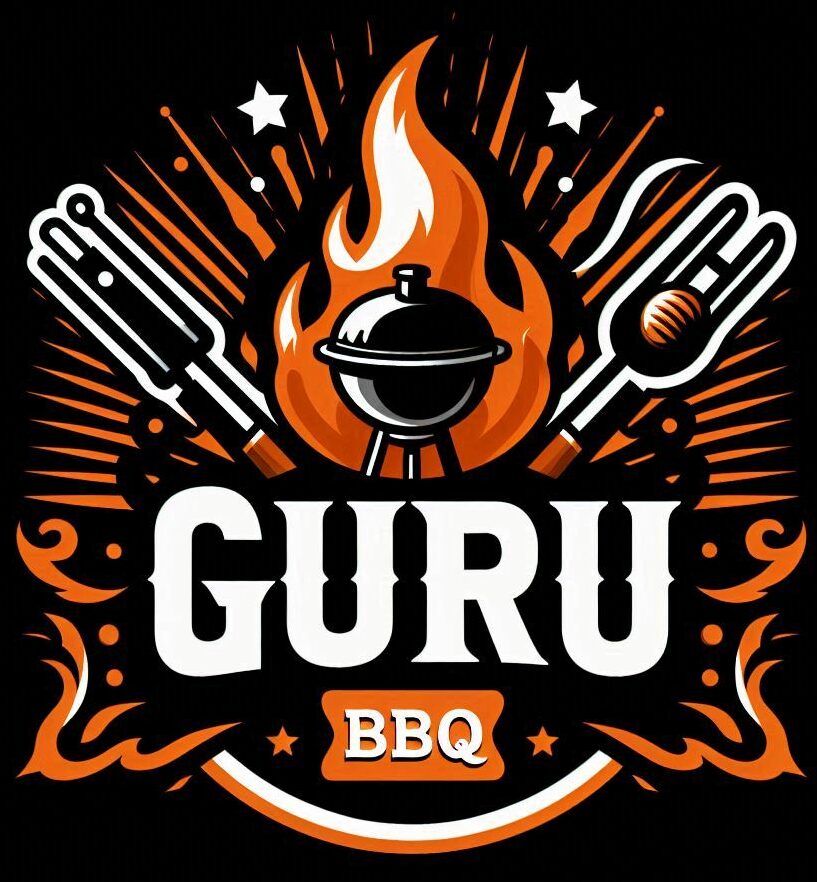Barbecue’s roots run deep, tracing all the way back to when early humans first figured out how to wrangle fire. Roasting meat over open flames wasn’t just about survival; it was the first step in a culinary journey that led to the mouth-watering BBQ techniques we adore today.
Ancient civilizations really knew what’s up. From the Mesopotamians to the Greeks, each culture brought its own flair to BBQ. Mesopotamians used mud ovens while Greeks were all about the spit-roast, turning BBQ into a delicious art form.
The magic of BBQ didn’t stay locked in one place for long. As people moved around, they took their grilling skills with them. Traders, explorers, and settlers shared recipes and cooking methods, creating a tasty tapestry of BBQ styles. Their eclectic mix of methods set the stage for the diverse BBQ scene we see now.
Enter the smoker—a game-changer in BBQ history. While open fires gave birth to BBQ, smokers took it to the next level. This method of slow-cooking meat indirectly over low heat, sometimes with the addition of aromatic wood, revolutionized the way flavors developed. Smokers allowed for that tender, juicy result that’s hard to resist.
The Evolution of Regional BBQ Styles in America
American BBQ is a patchwork quilt of flavors, each piece a nod to the rich history and varied landscapes across the country. What’s fascinating is how every region has its own take, with unique techniques that have been lovingly crafted over many generations.
Texas, for example, is a big fan of beef, especially brisket. The secret? Slow-smoke it over oak wood. It’s all about letting the meat shine, which means minimal seasoning and maximum patience.
Head over to Kansas City, and you’ll find a whole different vibe. Here, BBQ is all about the sauce—thick, sweet, tomato-based. Ribs, burnt ends, or pulled pork? They’ve got you covered, and they’re drowning in that drool-worthy sauce.
If you swing by the Carolinas, vinegar and mustard rule the roost. Whether it’s the tart vinegar-based sauce of North Carolina or the mustard and tomato mix from South Carolina, the tang cuts through the richness of pork like nobody’s business.
In Memphis, BBQ means pork ribs, and let me tell you, they know how to nail it. Dry or wet, Memphis ribs are typically slow-cooked over charcoal, letting the smoke add depth to that spice-rubbed or sauce-glazed finish.
The way BBQ took shape in these areas has a lot to do with the immigrants who settled there. German, Czech, African American—each community brought their own traditions and got creative with local ingredients. This melting pot approach is what gives those regions such a distinct BBQ identity today.
Technological Advancements in Modern BBQ
BBQ has come a long way from open fires and basic smokers, thanks to some nifty technological jumps. Gas and electric grills hit the scene and suddenly, BBQ was about as convenient as it gets. Imagine firing up a grill without needing a heap of wood or coal. Easy peasy, right?
Now, if you’re someone who fancies a bit of snobbery in their BBQ game, you’d probably appreciate the precision that convection smokers and pellet grills offer. These bad boys let you adjust temperatures like you’re tuning a TV remote, ensuring that every rib and steak reach their juicy potential.
Let’s not forget the digital gadgets that stepped in to save the day. From Bluetooth thermometers beaming real-time temps straight to your phone, to dedicated BBQ apps loaded with tips and timers, grilling has turned into a geeky gadget lover’s paradise.
As with all things tech, there’s a bit of a balancing act to do here. We all crave that authentic, smoky taste, so finding the right mix of high-tech convenience without losing that traditional touch is the key. It’s a small price to pay for pushing BBQ into the future while keeping its heart in the past.
The Globalization of BBQ: Techniques Beyond Borders
These days, BBQ isn’t just an American pastime. It’s a global phenomenon, dripping with flavors from every corner of the planet. You might be amazed to find how other cultures have thrown their grilling techniques into the mix, carving out fresh takes on an age-old practice.
Asian BBQ, for instance, has seriously gained traction. Whether it’s Korean bulgogi or Japanese yakitori, these styles bring a whole new layer of flavor. They’re lighter, often sweeter, and come packed with that famous umami punch.
Latin influences are sizzling up the BBQ scene too. Think Argentinian asado with its massive slabs of beef cooked over an open fire, or Brazilian churrasco loaded with skewered meats. They’re making waves and redefining how we view a backyard grill-out.
Then there’s fusion BBQ, where global ideas collide. Chefs are getting creative, blending techniques and ingredients to dream up jaw-dropping, unique concoctions. Whether it’s taco-style smoked brisket or kimchi-topped pulled pork sandwiches, fusion is the name of the game.
With all those global influences, BBQ is facing new challenges in the world of sustainability. From using eco-friendly fuels to picking sustainable cuts of meat, modern BBQ masters are getting conscious about their footprint. It’s about making choices that respect the time-honored tradition without sacrificing the future.

